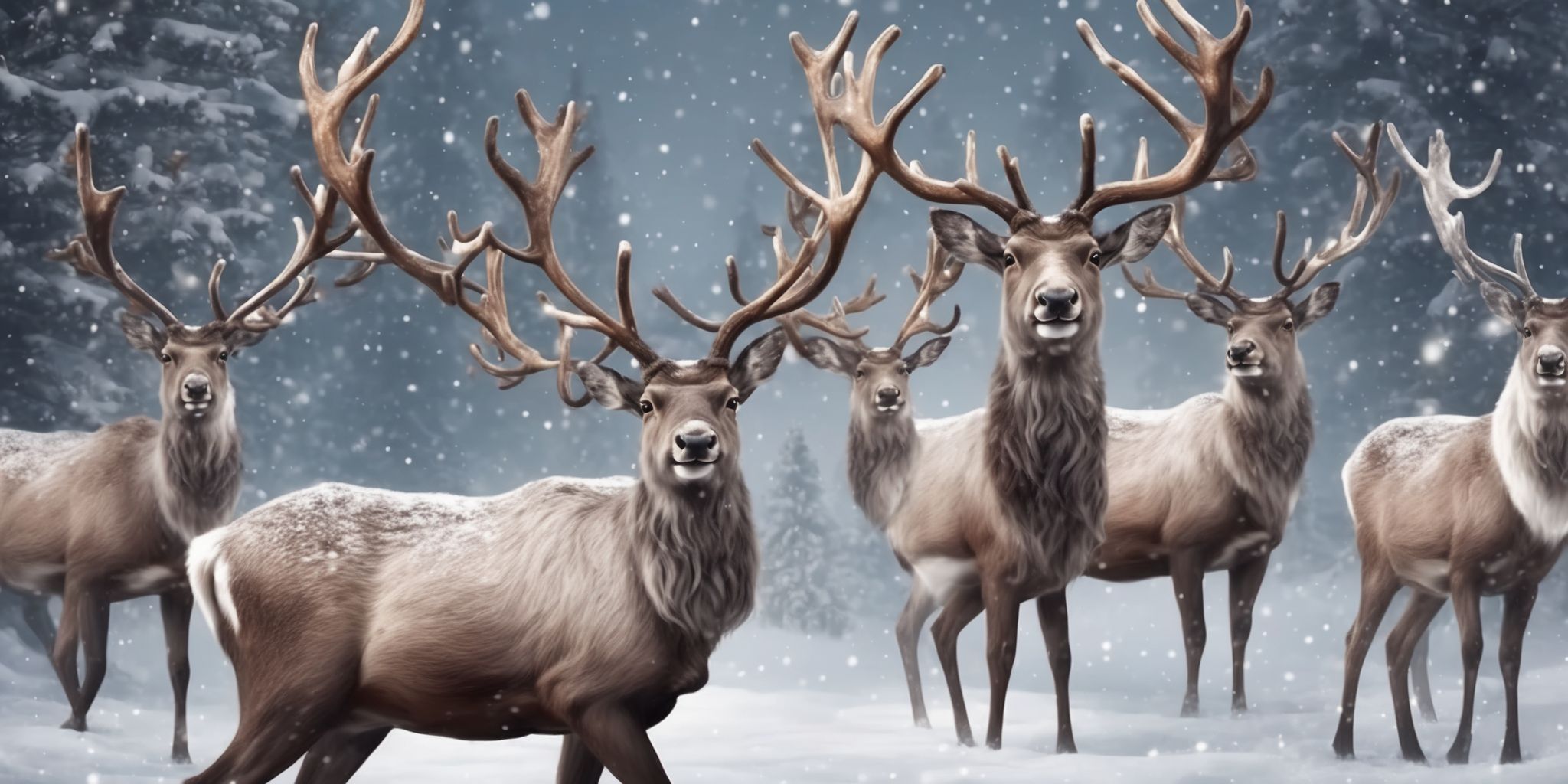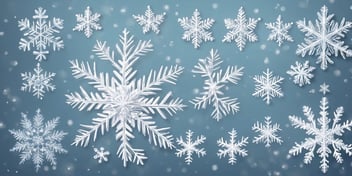- Blog
- Merry Christmas
- Frohe Weihnachten! Dive into Merry Christmas Traditions in Germany

Ah, the joyous sound of sleigh bells fills the crisp winter air as festive lights twinkle on every street corner. We find ourselves immersed in the enchanting world of Germany, where Christmas celebrations brim with heartwarming traditions and captivating customs. From the enticing aroma of gingerbread cookies wafting through bustling markets to the mesmerizing glow of Christkindlesmarkt, Germany is a treasure trove of merry Yuletide delights.
So, grab your peppermint hot cocoa and embark on a magical journey as we unravel the enchanting merry Christmas traditions that make Frohe Weihnachten in Germany truly unforgettable.
History of Christmas in Germany
Christmas Traditions Before Christianity
In the pre-Christian era, Germanic tribes celebrated winter solstice, known as Yule, with great festivity. Yule lasted for several days and marked the beginning of the lengthening of days. People gathered around bonfires, exchanged gifts, and feasted together. The tradition of decorating evergreen trees also dates back to this time, symbolizing life and rebirth in the midst of winter's darkness.
Additionally, mistletoe was considered a sacred plant and believed to have mystical powers. These ancient traditions continue to influence modern Christmas celebrations in Germany, adding a touch of historical significance to the holiday season.
The Influence of Christianity
The influence of Christianity is deeply embedded in German Christmas traditions. Many of the customs and rituals that are observed during the holiday season have religious significance.
For example, the tradition of lighting Advent candles represents the four weeks leading up to the birth of Jesus. Christmas carols sung in churches evoke the joyous spirit of the nativity story.
Additionally, the centerpiece of German Christmas celebrations, the candlelit Christmas tree, symbolizes the light of Christ. The Christian influence adds a spiritual dimension to the festive atmosphere and reinforces the true meaning of Merry Christmas in German.
Preparing for Christmas
Advent Season and Advent Calendars
The Advent season in Germany is an exciting countdown to Christmas. It begins on the fourth Sunday before Christmas and continues until Christmas Eve. Advent calendars are a popular tradition during this time. These calendars consist of little doors or pockets, each containing a surprise or a small gift. They help create an atmosphere of anticipation and joy as children and adults open a new door each day leading up to Christmas.
Many families also light Advent wreaths with four candles, one for each Sunday of Advent. The Advent season and calendars provide a delightful way to engage in the Christmas spirit and eagerly await the festive day.
Christmas Markets
Christmas markets are a cherished tradition in Germany, adding to the festive spirit. These markets offer a vibrant atmosphere where locals and visitors gather to celebrate and shop for unique gifts and decorations. Stalls are filled with handmade crafts, ornaments, and delicious treats like gingerbread and mulled wine. The markets often feature live music, entertainment, and amusement rides, creating a lively experience for all ages.
Visitors can find everything from handmade toys to traditional wooden ornaments, making it a perfect place to find special souvenirs or experience the local culture. Christmas markets are truly a highlight of the holiday season in Germany.
Christmas Decorations
In Germany, Christmas decorations create a festive atmosphere that adds joy and warmth to the holiday season. Homes are adorned with a variety of traditional ornaments, such as handcrafted wooden figurines, delicate glass baubles, and intricately designed candle holders. The centerpiece of the decorations is the Christmas tree, beautifully adorned with lights, tinsel, and ornaments. Many families also display Advent wreaths with four candles, lighting one each Sunday leading up to Christmas. Window decorations, such as illuminated stars or wreaths made of dried fruits, are also common. The attention to detail and creativity in Christmas decorations reflect Germany's rich cultural heritage and enhance the joyful spirit of "Frohe Weihnachten" celebrations.
Christmas Eve - Merry Christmas in German
Traditional Christmas Dinner
Traditional Christmas dinner, known as "Weihnachtsessen" in German, is a delightful part of the holiday celebration. It typically features a variety of delicious dishes that vary by region. One popular dish is roast goose or duck, accompanied by red cabbage and potato dumplings. Another favorite is sausages with sauerkraut or cabbage.
Additionally, Germans often indulge in sweet treats like Stollen (fruit bread) and Lebkuchen (gingerbread). It is common for families to gather around the table and enjoy this festive meal together, creating cherished memories. Don't forget to try some traditional German Christmas desserts, such as Marzipan and Vanillekipferl (vanilla crescent cookies). Enjoying this culinary tradition helps immerse yourself in the festive spirit of a Merry Christmas in German.
Candlelit Christmas Trees
- One popular tradition during Merry Christmas in German is decorating the Christmas tree with real candles.
- Families carefully place lit candles on the tree branches, creating a warm and magical atmosphere.
- The soft, flickering candlelight reflects on the ornaments and adds a cozy glow to the room.
- Although electric lights have become more common due to safety concerns, some families still embrace the traditional candlelit trees.
- It is advised to exercise caution if choosing to use real candles and ensure they are securely attached and monitored closely to prevent any accidents.
- Candlelit Christmas trees evoke a sense of nostalgia and authenticity, reminding people of simpler times.
Exchanging Gifts
- Gift giving is an important part of the Christmas celebration in Germany, known as "Bescherung" in German.
- It is common for families to exchange gifts on Christmas Eve after attending a festive dinner.
- Traditional gifts include chocolates, books, and personalized items.
- Handmade gifts are also highly valued and reflect the effort and thought put into the present.
- Gift wrapping is meticulous, often using high-quality paper and ribbons.
- It is customary to open presents together, creating a joyful and festive atmosphere.
- The act of giving gifts represents love, appreciation, and the spirit of generosity that embodies Merry Christmas in German.
Christmas Day and Beyond
Church Services
Attending church services on Christmas Day, or Heiligabend in German, is a common tradition in Germany. Many families attend a midnight Mass or a special Christmas morning service to celebrate the birth of Jesus. These services offer a peaceful and reflective atmosphere, allowing individuals to connect with their faith and focus on the true meaning of Christmas. Churches are beautifully decorated with candles, wreaths, and nativity scenes, creating a serene ambiance.
Singing traditional Christmas carols together and hearing the story of Jesus' birth are integral parts of these services, fostering a sense of community and spiritual unity among attendees.
Second Christmas Day
On Second Christmas Day, also known as "Zweiter Weihnachtstag" in German, many families in Germany continue their festive celebrations. It is a time for relaxation and togetherness, allowing loved ones to spend more quality time with each other. Some families may choose to visit extended family members or close friends, exchanging gifts and enjoying a festive meal together. Others may opt for outdoor activities such as hiking or ice skating, taking advantage of the holiday atmosphere.
Second Christmas Day provides an opportunity to extend the joyful Christmas spirit, creating lasting memories with loved ones.
Visiting Family and Friends
Visiting family and friends is an integral part of celebrating Christmas in Germany. It is a time for loved ones to come together and share the joy of the season. Many people travel long distances to be with their families during this special time. Gathering around the festive table, exchanging gifts, and enjoying traditional German Christmas treats create lasting memories.
Whether it's reuniting with parents, siblings, or old friends, the connections made during the holiday season are cherished. Sharing laughter, stories, and creating new traditions strengthens bonds and brings happiness. Embracing the spirit of togetherness, Merry Christmas in German (Frohe Weihnachten!) is not only a greeting but a heartfelt expression of love and warmth.
Final thoughts
In Germany, Christmas is a time filled with cherished traditions and festive celebrations. One of the most beloved traditions is the Christmas markets, where locals and visitors alike gather to enjoy holiday treats, shop for handmade crafts, and immerse themselves in a magical atmosphere. Another cherished tradition is Advent, a four-week countdown to Christmas filled with anticipation and reflection.
German families also have unique customs such as decorating their homes with beautiful ornaments and a Christmas tree on December 24th, exchanging gifts, and enjoying a festive feast. Children eagerly await the arrival of Nikolaus, a figure similar to Santa Claus, who leaves small gifts and treats in their shoes on December 6th.
Read On

Unveiling Joyful Merry Christmas Traditions from Around the World
Ah, the season of joy and merriment is upon us once again, wrapping our lives in a warm and...

Discover How Merry Christmas is Celebrated in Different Languages
As the holiday season approaches, there's a magical ambiance that fills the air. Christmas...

Buon Natale! Unveiling Merry Christmas Traditions in Italy
As the festive season approaches, Italy gets ready to embrace the magical spirit of Christmas,...